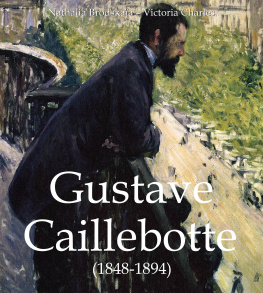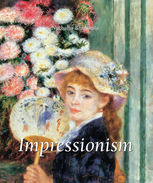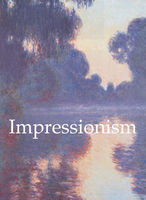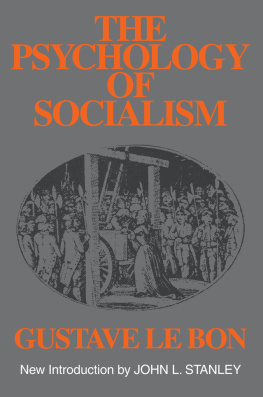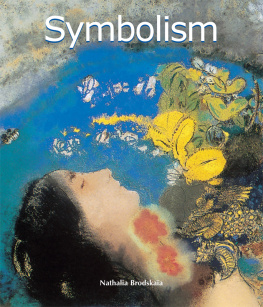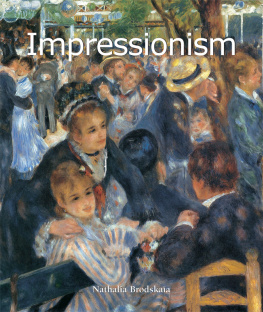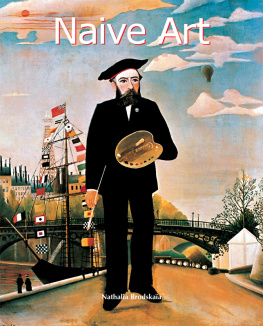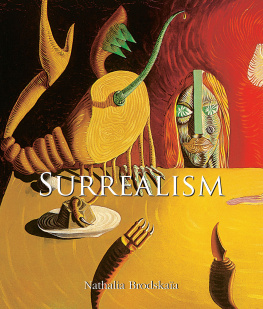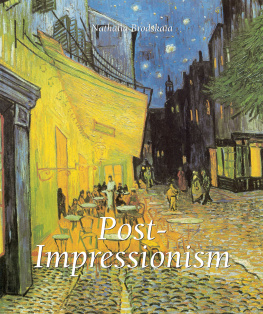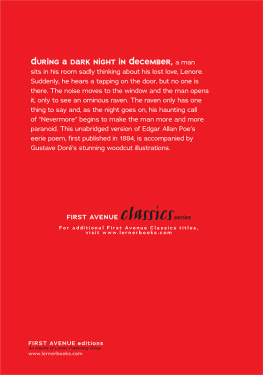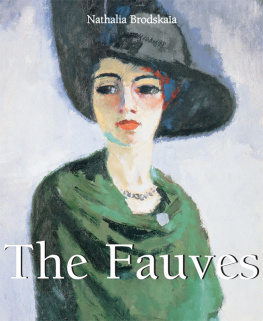Nathalia Brodskaïa - Gustave Caillebotte
Here you can read online Nathalia Brodskaïa - Gustave Caillebotte full text of the book (entire story) in english for free. Download pdf and epub, get meaning, cover and reviews about this ebook. publisher: Parkstone International, genre: Detective and thriller. Description of the work, (preface) as well as reviews are available. Best literature library LitArk.com created for fans of good reading and offers a wide selection of genres:
Romance novel
Science fiction
Adventure
Detective
Science
History
Home and family
Prose
Art
Politics
Computer
Non-fiction
Religion
Business
Children
Humor
Choose a favorite category and find really read worthwhile books. Enjoy immersion in the world of imagination, feel the emotions of the characters or learn something new for yourself, make an fascinating discovery.
- Book:Gustave Caillebotte
- Author:
- Publisher:Parkstone International
- Genre:
- Rating:4 / 5
- Favourites:Add to favourites
- Your mark:
- 80
- 1
- 2
- 3
- 4
- 5
Gustave Caillebotte: summary, description and annotation
We offer to read an annotation, description, summary or preface (depends on what the author of the book "Gustave Caillebotte" wrote himself). If you haven't found the necessary information about the book — write in the comments, we will try to find it.
Gustave Caillebotte — read online for free the complete book (whole text) full work
Below is the text of the book, divided by pages. System saving the place of the last page read, allows you to conveniently read the book "Gustave Caillebotte" online for free, without having to search again every time where you left off. Put a bookmark, and you can go to the page where you finished reading at any time.
Font size:
Interval:
Bookmark:
Authors:
Nathalia Brodskaa and Victoria Charles
Layout:
Baseline Co. Ltd
61A-63A Vo Van Tan Street
4 th Floor
District 3, Ho Chi Minh City
Vietnam
Confidential Concepts, worldwide, USA
Parkstone Press International, New York, USA
Image-Bar www.image-bar.com
All rights reserved.
No part of this publication may be reproduced or adapted without the permission of the copyright holder, throughout the world. Unless otherwise specified, copyright on the works reproduced lies with the respective photographers, artists, heirs or estates. Despite intensive research, it has not always been possible to establish copyright ownership. Where this is the case, we would appreciate notification.
ISBN: 978-1-68325-693-9
Nathalia Brodskaa and Victoria Charles
Gustave
Caillebotte
(1848-1894)

At last, I will name Mr Caillebotte, a young painter of the most beautiful courage who does not give up in front of full-size modern subjects. When his talent has softened a little, Mr Caillebotte will certainly be one of the boldest of the group.
mile Zola
Contents
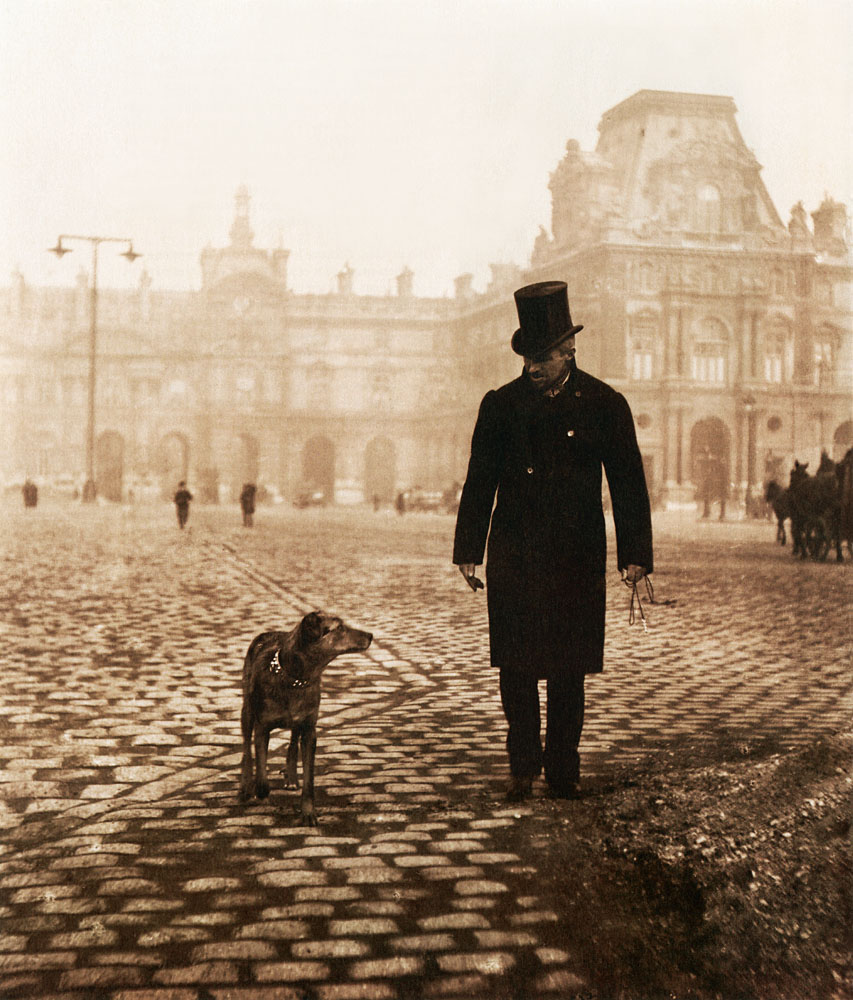
Gustave Caillebotte and Bergre at the Place du Carrousel, February 1892
Photograph, 15 x 11 cm. Private collection.
1848:Gustave Caillebotte is born on 19 August as the eldest of three sons of the cloth merchant Martial Caillebotte and his third wife Cleste Daufresne in Paris.
1857-1862:Caillebotte attends the public school Lyce Louis-le-Grand in Vanves and following his graduation begins his study of law.
1869:In April Caillebotte completes his undergraduate studies with the diplme de bachelier en droit.
1870:After the outbreak of the Franco-Prussian War, he is drafted into the Garde nationale mobile de la Seine. He receives a temporary exemption and in July of the same year he completes his law studies successfully with the license en droit.
1871:Caillebotte is dismissed from military service. He travels with his brothers Alfred and Ren Caillebotte to Sweden and Norway.
1872:He embarks with his father on a journey to Italy. In Naples he visits the painter Giuseppe de Nittis, whereupon he paints his earliest known paintings such as . In the same year he studies under the French painter Lon Bonnat.
1873:After his admission at the cole des Beaux-Arts Caillebotte enrolls in various painting courses, but he only visits the drawing class by Adolphe Yvon. His classmates include Edgar Degas, Claude Monet, and Pierre-Auguste Renoir.
1874:Caillebotte participates in the planning of the first exhibition of the Impressionist group with Degas, Monet, and Renoir, which takes place in the same year in Paris. On 25 December his father dies and leaves the family, in addition to a large sum of money, several tenements, estates, bonds, and fixed income. Caillebottes mother retains the estate in Yerres, where Caillebotte painted numerous landscapes until 1879.
1876:In this and the following years (1877, 1879, 1880, and 1892) Caillebotte finances and organises Impressionist exhibitions. In autumn his younger brother Ren Caillebotte dies at the age of twenty-five, after which the artist wrote his first will.
1878:Caillebottes mother dies.
1879:The family house in Yerres is sold.
1880:After four years of membership Caillebotte becomes vice president in the Parisian sailing club Cercle de la Voile de Paris. He shares the passion for sailing a motif which appears in many of his pictures with his youngest brother, Martial Caillebotte.
1881:Caillebotte purchases a country house in Petit Gennevilliers.
1882:Caillebotte tries to be a boat builder.
1885:The artist founds under the name Chantiers Luce his own boat building operation.
1887:Caillebotte moves to the estate at Petit Gennevilliers, the surroundings of which he depicts in his paintings.
1888:Along with Armand Guillaumin Caillebotte is invited to Brussels to the opening of the 1884 annual exhibition of Brussels artists association Les XX (Les Vingt). The exhibiting artists included, amongst others, Paul Signac and Henri de Toulouse-Lautrec.
1894:Caillebotte dies on 21 February at the age of forty-five due to a stroke he suffered while working on a landscape painting in his garden at Petit Gennevilliers.

Impression, Sunrise was the prescient title of one of Claude Monets paintings shown in 1874 in the first exhibition of the Impressionists, or as they called themselves then, the Socit anonyme des artistes, peintres, sculpteurs, graveurs (The Anonymous Society of Artists, Painters, Sculptors, and Engravers). Monet had gone painting in his childhood home town of Le Havre to prepare for the event, eventually selecting his best Le Havre landscapes for display. Edmond Renoir, journalist brother of Renoir the painter, compiled the catalogue. He criticised Monet for the uniform titles of his works, for the painter had not come up with anything more interesting than View of Le Havre. Among these Le Havre landscapes was a canvas painted in the early morning depicting a blue fog that seemed to transform the shapes of yachts into ghostly apparitions. The painting also depicted smaller boats gliding over the water in black silhouette, and above the horizon the flat, orange disk of the sun, its first rays casting an orange path across the sea. It was more like a rapid study than a painting, a spontaneous sketch done in oils what better way to seize the fleeting moment when sea and sky coalesce before the blinding light of day? View of Le Havre was obviously an inappropriate title for this particular painting, as Le Havre was nowhere to be seen. Write Impression, Monet told Edmond Renoir, and in that moment began the story of Impressionism.
On 25 April 1874, the art critic Louis Leroy published a satirical piece in the newspaper Charivari that described a visit to the exhibition by an official artist. As he moves from one painting to the next, the artist slowly goes insane. He mistakes the surface of a painting by Camille Pissarro, depicting a ploughed field, for shavings from an artists palette carelessly deposited onto a soiled canvas. When looking at the painting he is unable to tell top from bottom, or one side from the other. He is horrified by Monets landscape entitled Boulevard des Capucines. Indeed, in Leroys satire, it is Monets work that pushes the academician over the edge. Stopping in front of one of the Le Havre landscapes, he asks what Impression, Sunrise depicts. Impression, of course, mutters the academician. I said so myself, too, because I am so impressed, there must be some impression in here and what freedom, what technical ease! At which point he begins to dance a jig in front of the paintings, exclaiming: Hey! Ho! Im a walking impression, Im an avenging palette knife. Leroy called his article, The Exhibition of the Impressionists. With typical French finesse, he had adroitly coined a new word from the paintings title, a word so fitting that it was destined to remain forever in the vocabulary of the history of art.
Responding to questions from a journalist in 1880, Monet said: Im the one who came up with the word, or who at least, through a painting that I had exhibited, provided some reporter from
Font size:
Interval:
Bookmark:
Similar books «Gustave Caillebotte»
Look at similar books to Gustave Caillebotte. We have selected literature similar in name and meaning in the hope of providing readers with more options to find new, interesting, not yet read works.
Discussion, reviews of the book Gustave Caillebotte and just readers' own opinions. Leave your comments, write what you think about the work, its meaning or the main characters. Specify what exactly you liked and what you didn't like, and why you think so.

